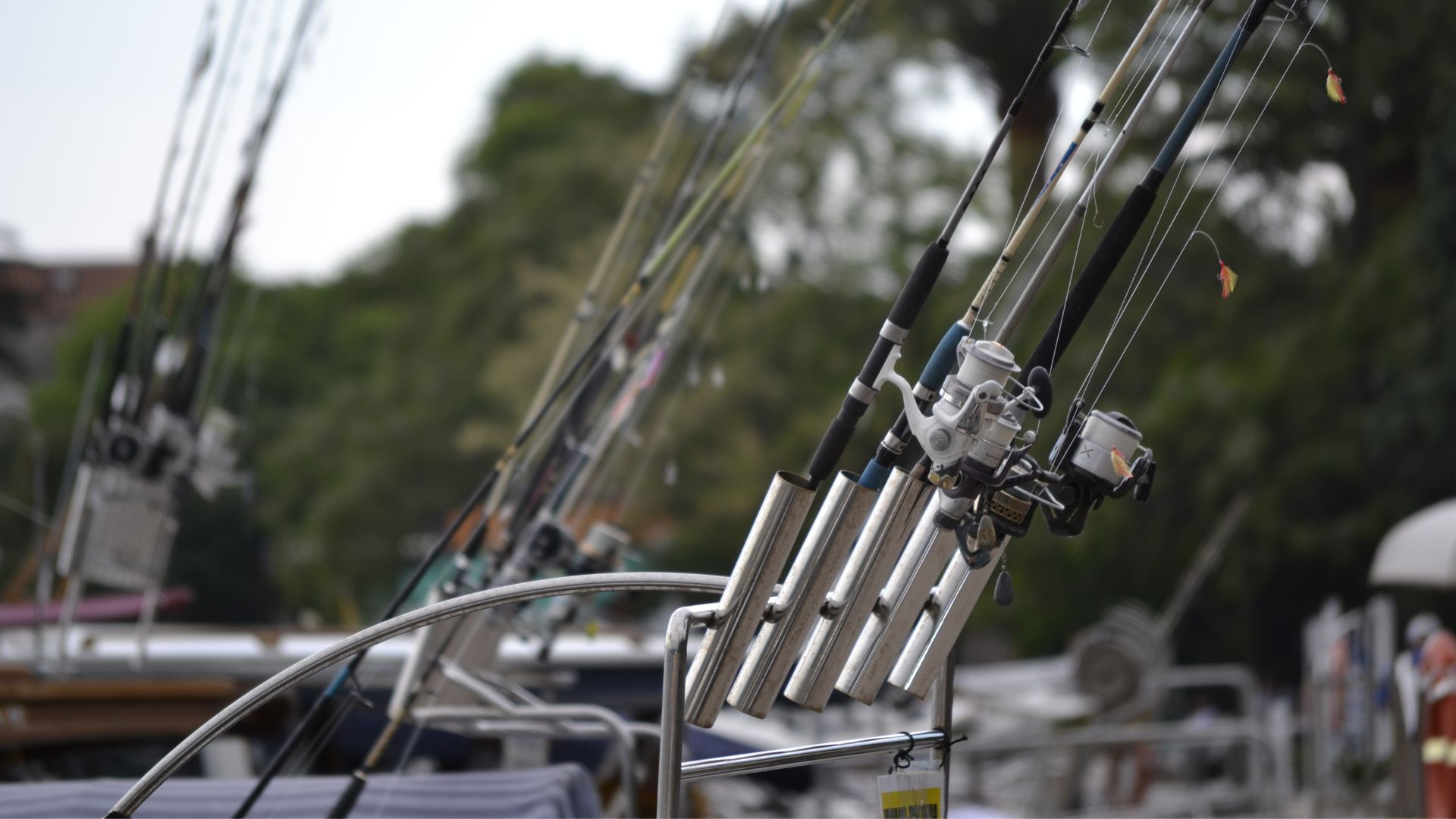Choosing Fishing Rods and Reels

No matter whether you prefer bait or lure fishing, a fishing rod is an integral component of getting the bait where it needs to go. Selecting one may prove tricky due to various specifications such as power and action levels.
Action of a rod refers to its rate of flexing (or recoiling) when its load is removed; it’s frequently used along with power as an indicator of its characteristics and performance.
Casting
Fishing should be enjoyable, and that means starting off right by selecting the appropriate equipment. Before purchasing a rod, take time to think through which lures and lines will be your go-to choices – spinnerbaits, crankbaits, soft plastics or drop-shotting? Also take note of length, power and action specifications.
Modern rods are typically composed of graphite, boron or magnesium alloy composite materials like graphite. They consist of three sections known as butt, midsection and tip; their core typically comprises maple or hickory wood with ironwood midsection pieces for midsection and tip parts being lancewood or malacca cane at either end for lancewood/malacca cane tips held together with glue (usually bone glue/Irish glue/Hilton glue cement) holding everything together.
“Action” of a rod refers to how quickly it bends from its butt to tip. Fast actions rods tend to have stiffer flex patterns while moderate or slow actions possess softer bend characteristics. When selecting your power level for any fishing rod purchase, take into consideration both its target species and any environmental conditions it will encounter.
When purchasing a new rod, be sure to handle and hold it in your hand to ensure it feels comfortable to use. Feel the rod flex in its middle and tip regions; test its ability to cast lines of different line weight and bait weight with consistent action; ensure it can cast smoothly without dead spots in its guides transmitting line to reel; make sure each section feels light while the progressive taper from butt to tip offers no kinks or bends – this ensures an ideal purchase!
Spinning
Spinning rods offer anglers of all skill levels and budgets an excellent fishing solution, offering versatile lure sizes and line weights from light panfish baits to larger game fish. There is something suitable for every species from ultralight rods designed to catch small species, to telescopic models that reach 10+ feet in length.
A typical spinning rod consists of a single-piece rod extending from reel seat to tip, typically constructed of fiberglass or graphite composite material and featuring guides through which your line travels before reaching its target. Grip or handle materials could include EVA foam, plastic or cork; some handles even feature multiple sections so you can hold onto both handles at once when casting or fighting an aggressive fish.
An angler’s rod’s action, or bending curve, is a key determinant in its sensitivity and capacity for handling lures of various sizes. A fast action rod bends quickly in its upper and middle sections while slow actions bend gradually from butt to tip. Furthermore, many rods feature different taper profiles with smooth or step loads.
Moderate actions bend farther into the rod blank, and are best used when fishing moving baits like crankbaits and spinnerbaits where rod sensitivity isn’t of vital importance. Slow actions further extend their bend, and are suitable for panfish baits with lighter lines that require smaller lures with lighter action rods to cast.
High-end spinning rods provide bass fishermen with unparalleled sensitivity and balance, often constructed of lightweight graphite composite material for supreme balance and sensitivity to feel even the faintest bites. While these expensive rods can last forever with proper care and storage, they’re essential when targeting big fish with techniques requiring pinpoint accuracy to land big fish.
